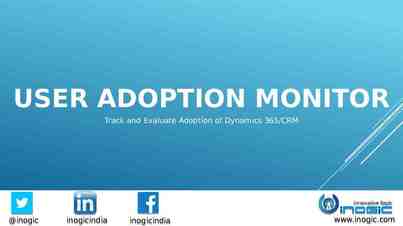Mental Health Danielle Maloney School-Link Coordinator Sydney South
34 Slides471.50 KB
Mental Health Danielle Maloney School-Link Coordinator Sydney South West Area Mental Health
Mental health - the global scene Depression is an important global public health problem due to both its relatively high lifetime prevalence and the significant disability that it causes. In 2002, depression accounted for 4.5% of the worldwide total burden of disease (in terms of disability-adjusted life years). It is also responsible for the greatest proportion of burden attributable to non-fatal health outcomes, accounting for almost 12% of total years lived with disability worldwide. Without treatment, depression has the tendency to assume a chronic course, to recur, and to be associated with increasing disability over time WHO, 2007
Mortality rates – Mental Health Trends in death rates for All mental and behavioural disorders (ICD10 F00-F99), Australia, 1968–2005 ASR – Males Linear (ASR – Males) ASR – Females Linear (ASR – Females) 25 Deaths per 100,000 20 15 10 5 0 1965 1970 1975 1980 1985 1990 Year 1995 2000 2005 2010 AIHW, 2006
Mortality rates – all causes Trends in death rates for All mental and behavioural disorders (ICD10 F00-F99) and All Causes combined, Australia, 1968–2005 ASR Males ASR Females ASR All Cause Male ASR All Cause Female 10,000 Deaths per 100,000 1,000 100 10 1 0 1900 1920 1940 1960 1980 2000 2020 Year AIHW, 2006
Prevalence AIHW, 2006
Morbidity
Inequities People with mental illness have considerably elevated mortality rates from all main causes of death. Their overall mortality rate is two and a half times higher than the general population of WA. The rate of suicide in the mentally ill has been increasing over the period 1980-98 and almost entirely explains the net increase in the total population suicide rate. Despite a downward trend in the general community, the IHD death rate in people with mental illness has increased in women and remained roughly constant in men. People with diagnosed mental illness have not participated in the marked decline in IHD mortality in Australia. Hospitalisation rate ratios were often lower than corresponding mortality rate ratios suggesting that people with mental illness may not receive the level of health care commensurate with their illness. Duty to Care Preventable physical illness in people with mental illness WA
Young people’s Mortality
ASSAD Survey - Australian School Students’ Alcohol and Drugs Survey
Aboriginal data Western Australia Child Health Survey
Mental health services in Australia 2004–05
What is being done to address mental health ?
National level National Action Plan for Promotion, Prevention and Early Intervention for Mental Health Initial 5 year framework to progress mental health reform National direction in promotion and prevention Into the third plan
National Level (continued) For each 15 priority groups: Outcomes Evidence base for action Partners Indicators National action
National initiatives National Mental Health promotion and prevention Working group National Mental health Reform Auseinet Mind Matters, Kids Matter Mindframe Beyond Blue GP Divisions
State Level School-Link Parenting Integrated perinatal care Early intervention psychosis
School Mental Health The Australian Experience
Emotional well-being Resilience Connectedness Skills Opportunities
Resilience Skills Problem solving Help seeking Communication Negotiation Young People who are resilient have developed skills and attitudes that enable them to cope with sadness, disappointments, as well as other traumas and difficulties
Health Promoting Schools Framework Curriculum Teaching & Learning Organisation, Ethos & Environment Partnerships & Services
Whole of School programs
http://cms.curriculum.edu.au/mindmatters/
http://www.apapdc.edu.au/ kidsmatter/
World Health Organisation model for school mental health promotion Who is involved? Entire school community All students and teachers 20 to 30% of students 3 - 12% of students Level of intervention Create Environment Whole school community Education Part of general curriculum Students needing additional Interventions help in school Treatment Students needing additional mental health intervention
Universal Programs APEEL (A Partnership Encouraging Effective learning)
Indicated programs
http://www.goodgrief.org.au/seasonsforgrowth/sfghome.htm Adolescents Coping with Emotion (ACE) Get Lost Mr Scary
School-Link Initiative Link between Mental Health Services and Education
Aims of School Link To improve the mental health of children, adolescents and young people in NSW. To improve the partnership between child and adolescent mental health services and their local schools and TAFE colleges.
Focus areas of School-Link Promotion, Prevention Early intervention Service access







































